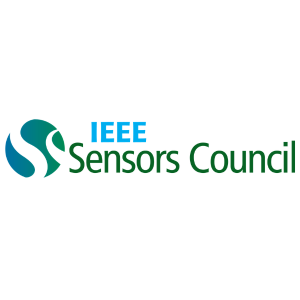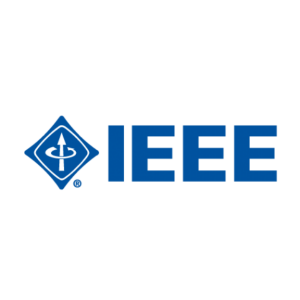Integrated navigation solutions for new mobility applications
Autonomous vehicles must have distinctive requirements in terms of navigation performance to replace the sensing capabilities of human pilot aboard. It is not just a matter of accuracy, but also integrity and availability features are very important. The tutorial will be focused on applications for autonomous aerial, naval, and terrestrial vehicles. Even if these vehicles operate in different environment, they have common distinctive features, such as the use of integrated sensor configurations to provide multiple sources of navigation data. Also, human-driven vehicles are introducing systems that are equipped with autonomous features, such as collision avoidance and route tracking. They include Unmanned Aircraft Systems, Urban Air Mobility Systems, Autonomous Cars, Trucks, Trains, Ships, and Underwater Vehicles. The staff interested in those systems is not limited to researchers.
Several vehicle manufacturers are selling and developing transport platforms with increased levels of autonomy. Recent assessed configurations will be described that support specific needs of autonomous vehicles, such as navigation in GPS-challenging environments, autonomous vehicle formations, collision avoidance, and contingency conditions. The tutorial will discuss requirements and limitations for navigation units installed on-board autonomous vehicles. Furthermore, some reference solutions will be presented that are adopted on multiple platforms. Both hardware and processing features will be discussed. Finally, some representative examples will be presented that highlight development trends for autonomous vehicle navigation in all the relevant applications.
Navigation Aiding Techniques
This course will present an overview of navigation aiding technologies in the historical context. The course will start with a brief initial focus on the fundamentals of navigation and a quick description of inertial navigation systems, and then proceed to exploring a variety of aiding techniques such as velocity sensors, celestial, and GNSS. This course is accessible to both experienced and novice practitioners.
Towards Integrated Optical Gyroscopes
Counter-propagating lightwaves within a closed rotating loop enable rotation measurement as a result of the Sagnac effect [1]. And modern optical gyroscopes use long coiled optical fiber paths (fiber optic gyroscopes [2]) or resonant recirculation (ring laser gyroscopes [3]) to greatly enhance this effect. In recent years, the possibility of chip-based optical gyroscopes has garnered considerable attention. Such integrated optical gyrocopes could enjoy the advantages of integration and scalable manufacturing, and would offer rugged designs for operation in challenging environments [1]. Compact or chip-based ring laser gyroscopes [4–6], passive resonant gyroscopes [7–10], and interferometric gyroscopes [11] have been reported. Here we first review some of the enabling technologies of chip-integrated designs, overview recent results, and then focus on a chip-based laser gyroscope that has been used to measure the Earth’s rotation [6]. Key challenges and prospects for future improvements are also discussed.
- M. N. Armenise, C. Ciminelli, F. Dell’Olio, and V. M. N. Passaro, Advances in Gyroscope Technologies (Springer, 2010).
- H. C. Lef`evre, The Fiber-Optic Gyroscope, 2nd Ed. (Artech House, 2014).
- W. W. Chow, et. al., Reviews of Modern Physics 57, 61–104 (1985).
- J. Li, M.-G. Suh, and K. J. Vahala, Optica 4, 346–348 (2017).
- S. Gundavarapu, et. al., Nature Photonics 13, 60-–67 (2019).
- Y.H. Lai, et. al., Nature Photonics 14, 345—349 (2020).
- W. Liang, et. al., Optica 4, 114–117 (2017).
- J. Zhang, H. Ma, H. Li, and Z. Jin, Opt. Lett. 42, 3658–3661 (2017).
- P. P. Khial, A. D. White, and A. Hajimiri, Nature Photonics 12, 671–675 (2018).
- S. Maayani, et. al., Nature 558, 569–572 (2018).
- S. Gundavarapu, et. al., J. Light. Technol. 36, 1185–1191 (2018)
Innovative intelligence in MEMS Inertial Sensors
The latest generation of MEMS inertial sensors are equipped with innovative machine learning and finite state machine capabilities. These embedded features enable efficient sensor data computation at ultra-low power consumption which is critical to many battery-operated sensor nodes in a wide range of applications. Machine learning processing capability at the edge allows for moving computations/algorithms from host processor directly into the inertial sensor, leading to an easy implementation and more accurate inertial sensor data processing with low latency.
This presentation provides a technical deep dive into the above-mentioned innovative processing capabilities, their sensor level architecture, and the key advantages.






